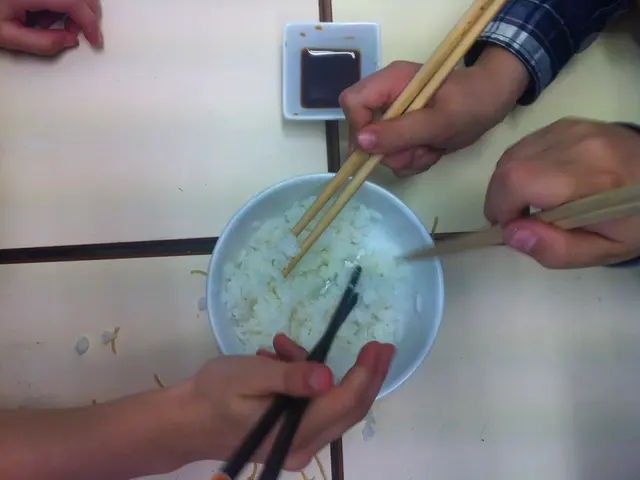The reason for the celebration of Teej.
The Teej festival is a significant Hindu celebration, primarily observed by women in India and Nepal, honouring the sacred union of Lord Shiva and Goddess Parvati. This festival symbolises love, devotion, and marital harmony, rooted in the mythology where Parvati fasted and prayed for years to unite with Shiva, eventually becoming his consort.
History and Cultural Significance
According to Hindu mythology, Parvati underwent severe fasting and penance to win Lord Shiva's affection, symbolising devotion and marital fidelity. The successful union is commemorated by Teej and reflects themes of love, faith, and the sacred bond of marriage.
For women, especially married ones, the festival is an occasion to fast (sometimes without water) for their husband's health and a happy married life. Unmarried girls fast and pray for a good husband. Teej also highlights female solidarity, community bonding, and renewal, marking the arrival of the monsoon season in India and Nepal.
Types of Teej Celebrations
There are three main types of Teej festivals celebrated in different regions with some variations in rituals and names:
| Type | Regions Popular | Key Features & Rituals | Significance | |--------------------|---------------------------|-----------------------------------------------------------------|------------------------------------| | Hariyali Teej | North India (Rajasthan, Madhya Pradesh, Uttar Pradesh, Bihar, Jharkhand) and Nepal | Women dress in green, apply henna (mehndi), swing on decorated swings, fast and worship Shiva-Parvati. Includes Sindhara ritual gifting sweets, bangles, and gifts to daughters-in-law. Celebrates monsoon and marital bliss | Celebrates reunion of Shiva and Parvati, monsoon greenery, marital bliss | | Kajari Teej (Badi Teej) | Madhya Pradesh, Rajasthan, Uttar Pradesh | Women with children pray for sons’ welfare, fast, and sing Kajari folk songs | Prayers for children’s prosperity and family well-being | | Hartalika Teej | Bihar, Jharkhand, Uttar Pradesh, Nepal | Strict fasting by women, pujas to Shiva and Parvati, observations of unmarried and married women | Commemorates divine marriage of Shiva and Parvati, seeking marital harmony and devotion |
Rituals and Celebrations
The festival generally involves fasting, often without water, visiting temples, singing folk songs, dressing in colorful traditional attire (often red or green), applying henna on palms and feet, and playing on swings decorated with flowers.
The day before fasting is known as Dar Khane Din, when women gather to eat festive meals together and socialise. In many communities, the Sindhara ceremony involves the bride’s family gifting her with sweets, henna, bangles, and other items to strengthen the marital relationship.
Regional Practices and Timing
The festival is celebrated mainly during the Shravan month of the Hindu calendar (July-August), coinciding with the monsoon season. In Nepal, it often spans three days, concluding in grand celebrations with women in red sarees parading joyously, emphasising sisterhood and cultural heritage.
Overall, Teej remains a vibrant, culturally rich festival celebrating female devotion and marital bonds, deeply embedded in folklore and religious tradition across India and Nepal. It fosters community solidarity and reflects the natural renewal brought by the monsoon.
- Teej, a significant Hindu festival, symbolizes devotion, marital harmony, and love, derived from a mythological tale of Goddess Parvati's pursuit of Lord Shiva.
- In the context of social media, stories about Teej can highlight its cultural significance, historical roots, and contemporary celebrations, fostering digital conversations around women's health, health-and-wellness, and lifestyle.
- Fashion-and-beauty bloggers can share traditional Teej outfits, such as green dresses, red sarees, and intricate henna designs, promoting cultural travel and cultural exchange.
- Travel journalists may write about Teej as a unique cultural event worth experiencing during travels to India or Nepal, emphasizing the experience's impact on family dynamics and relationships.
- For health enthusiasts, articles exploring the significance of fasting during Teej, its health implications, and tips for fasting safely can attract audiences interested in womens-health, fitness, and well-being.
- Lifestyle magazines can feature Teej-inspired menus, incorporating traditional Teej dishes into a modern, world-cuisine context, showcasing how cultural traditions can inspire innovation in cooking, blurring borders between cuisines.




